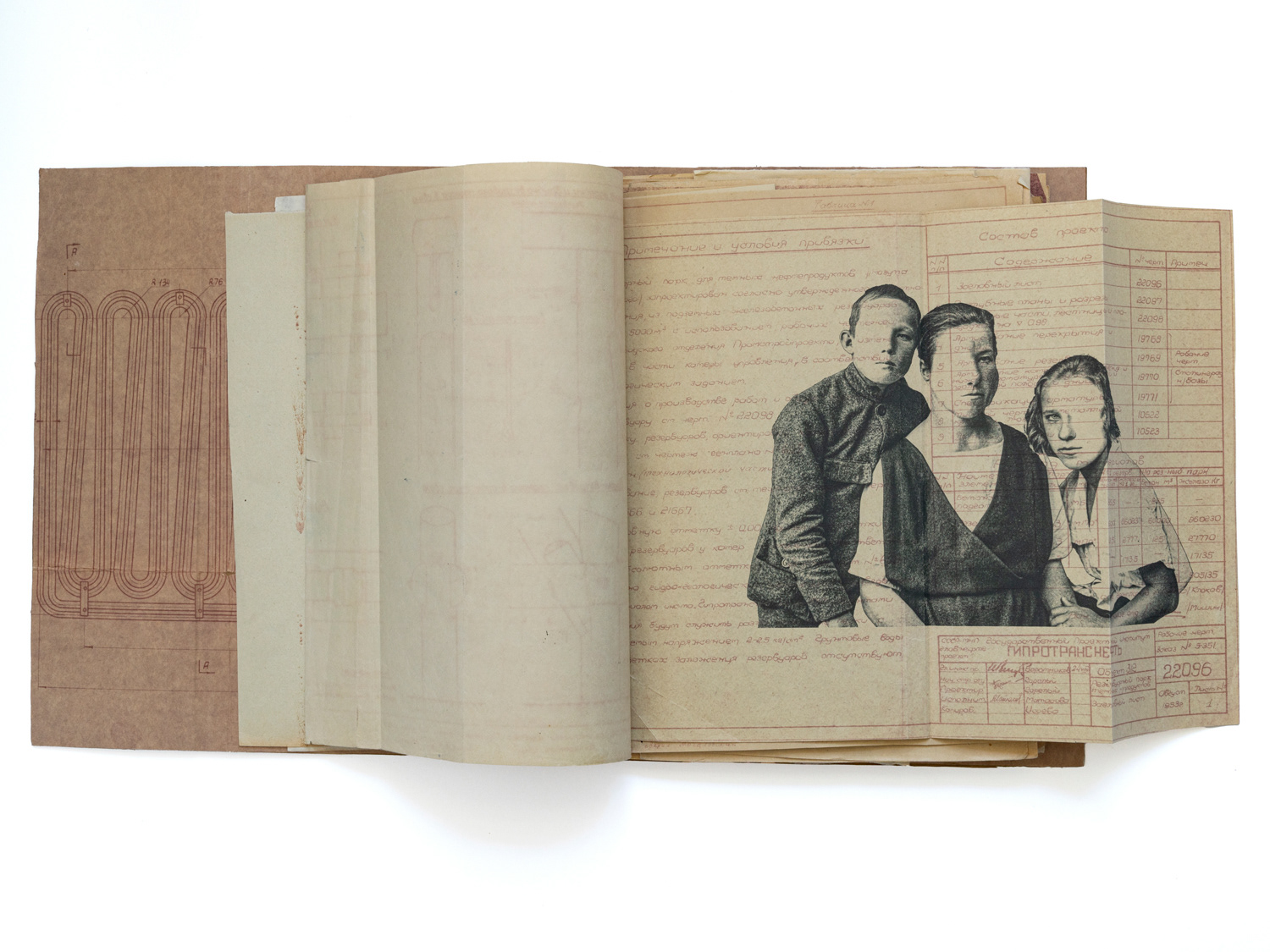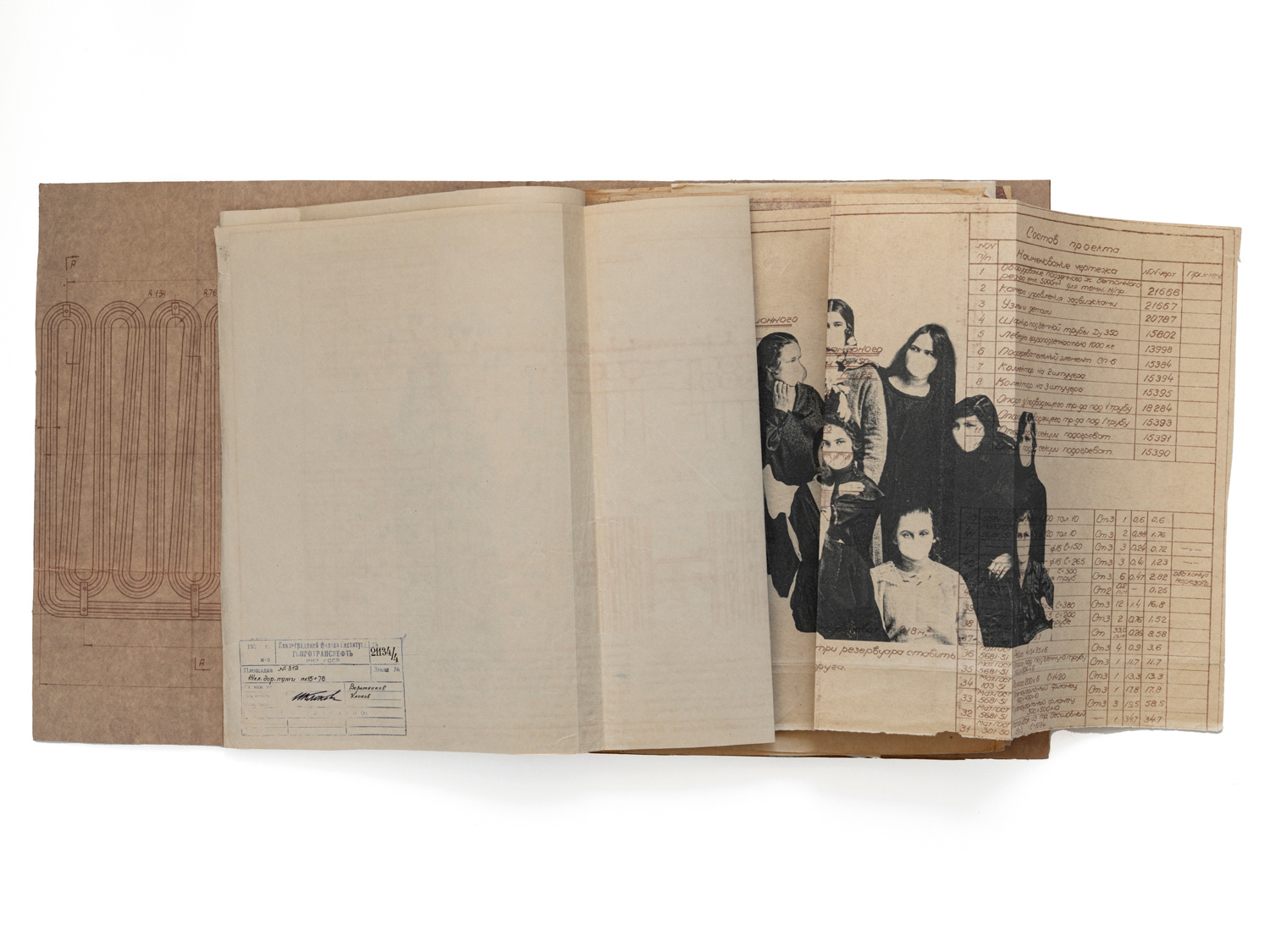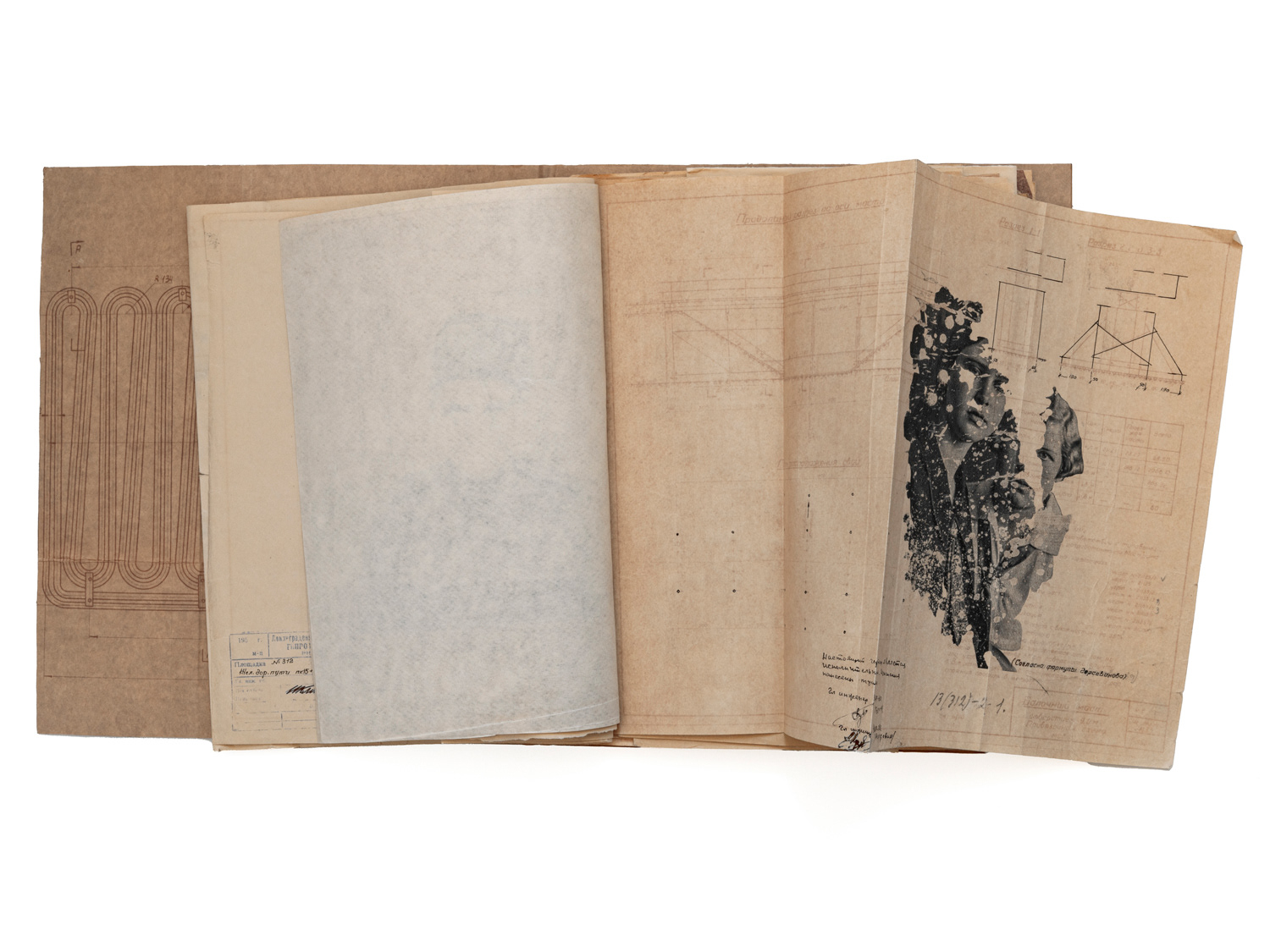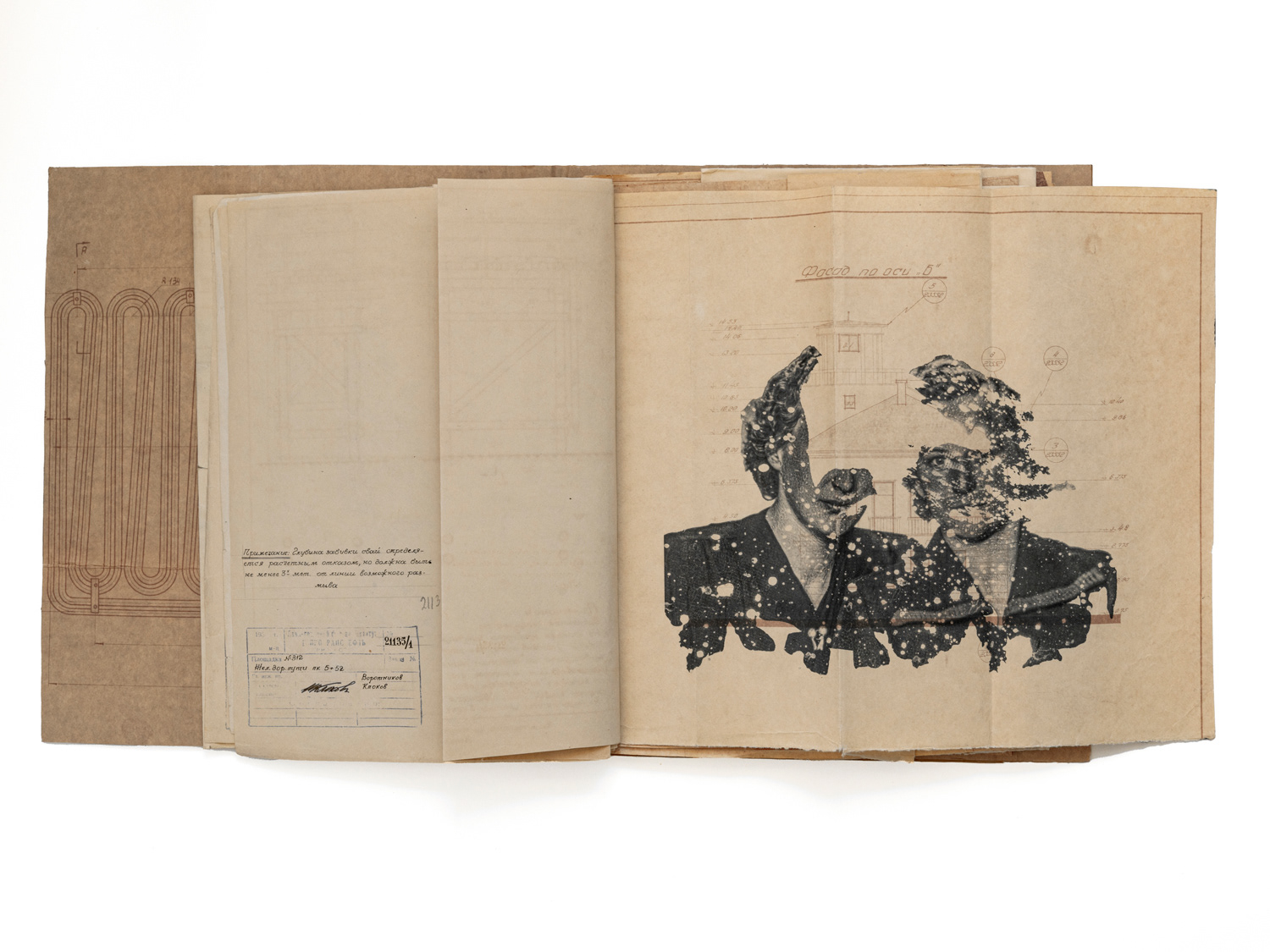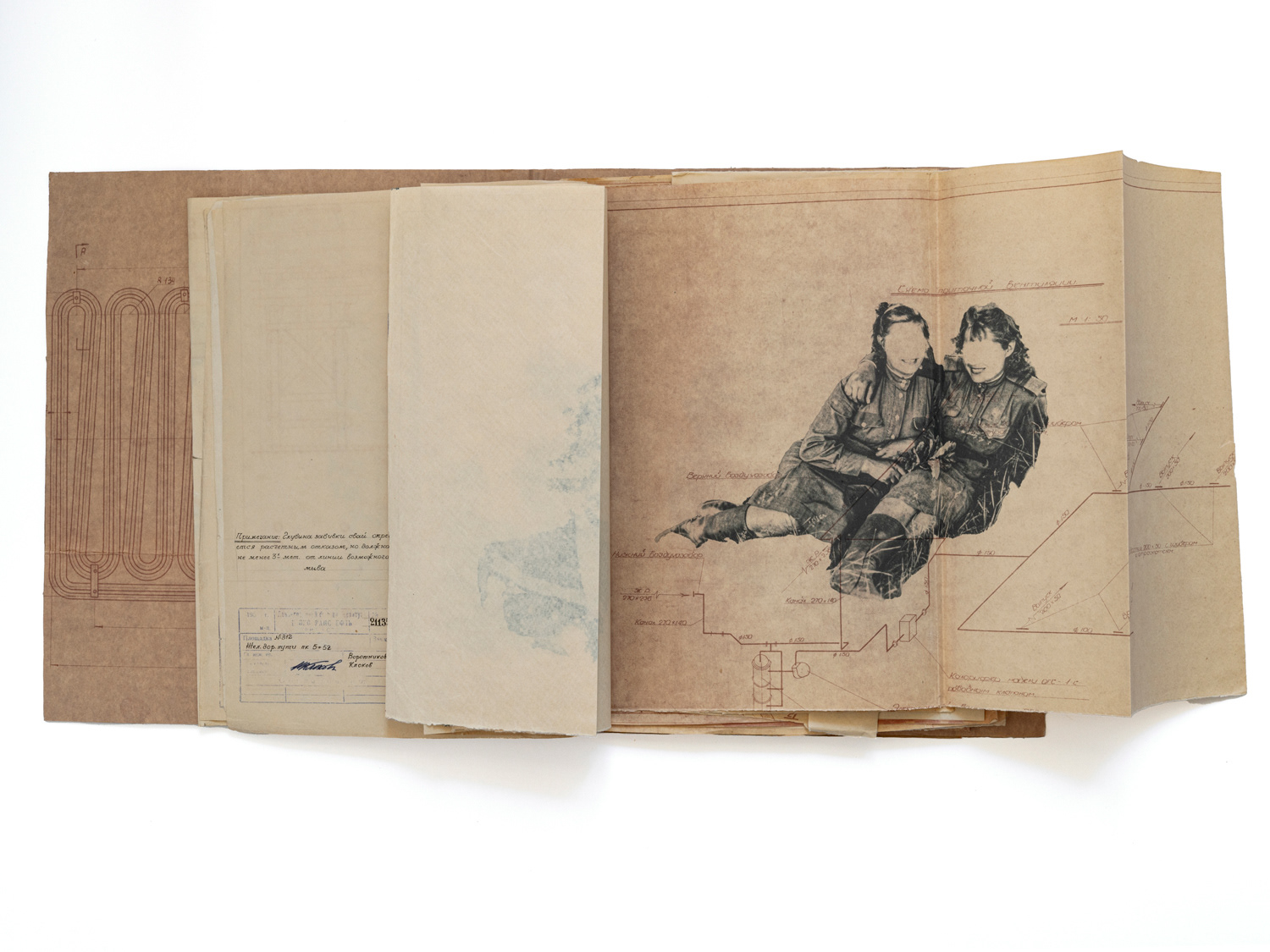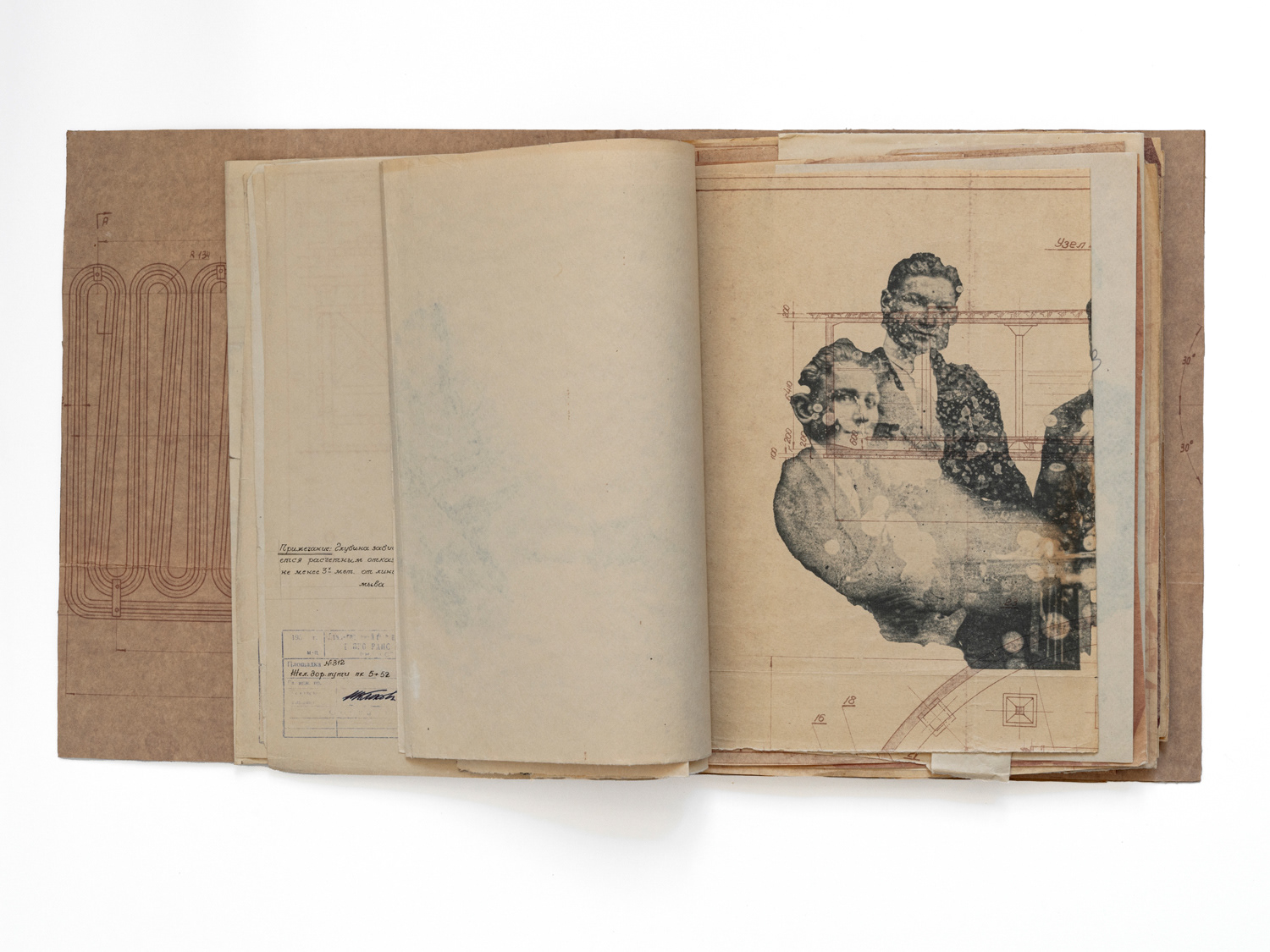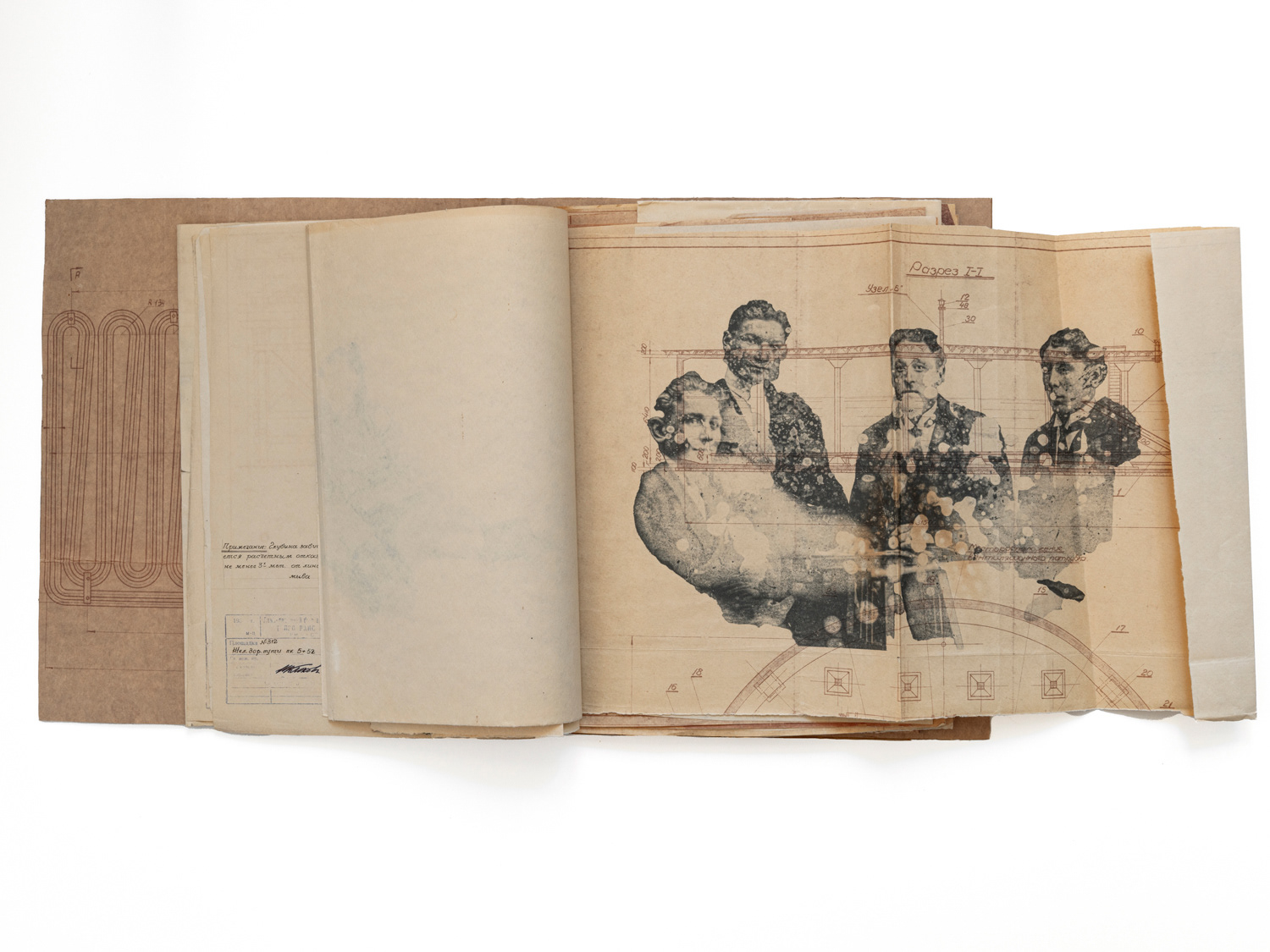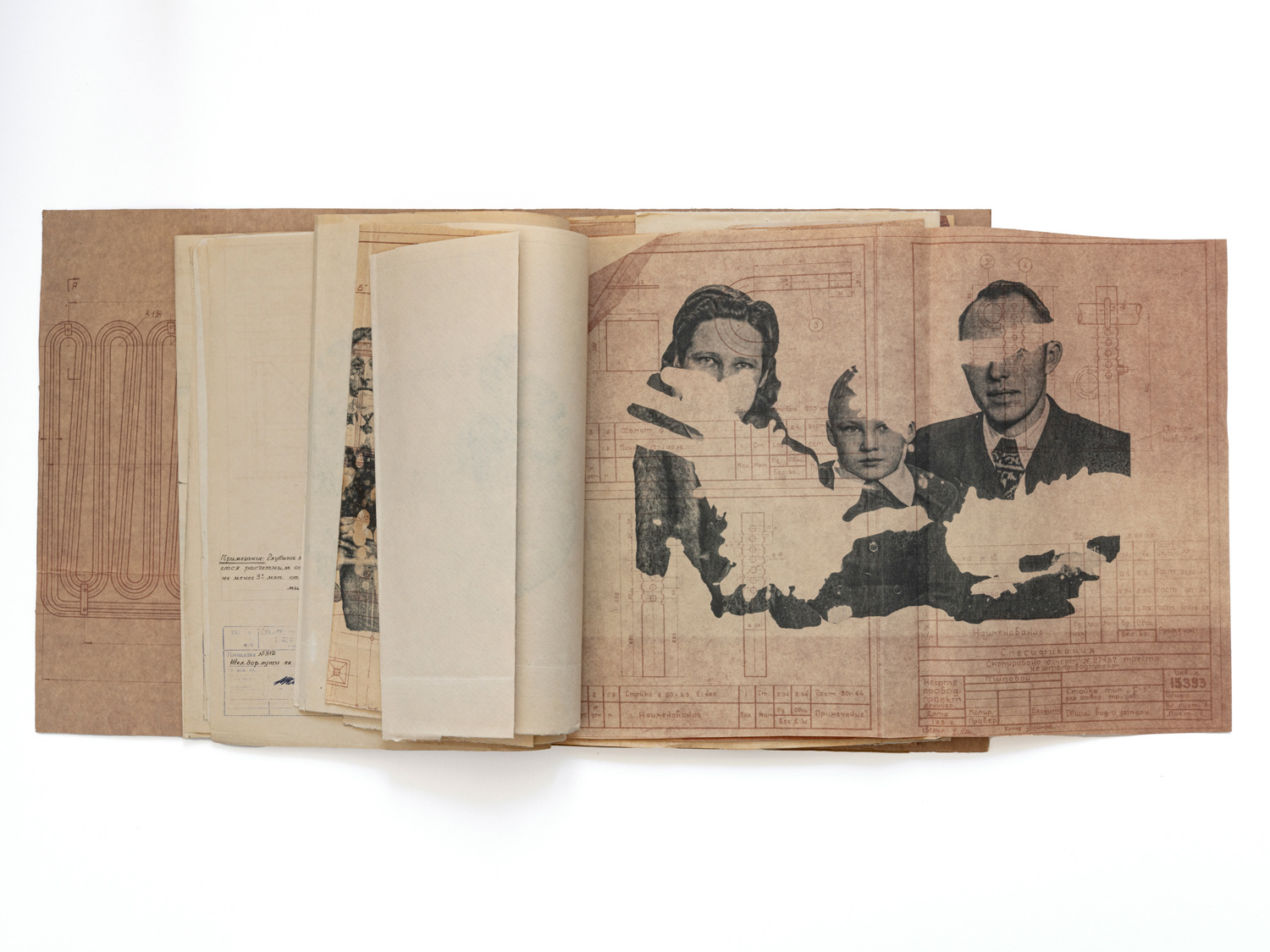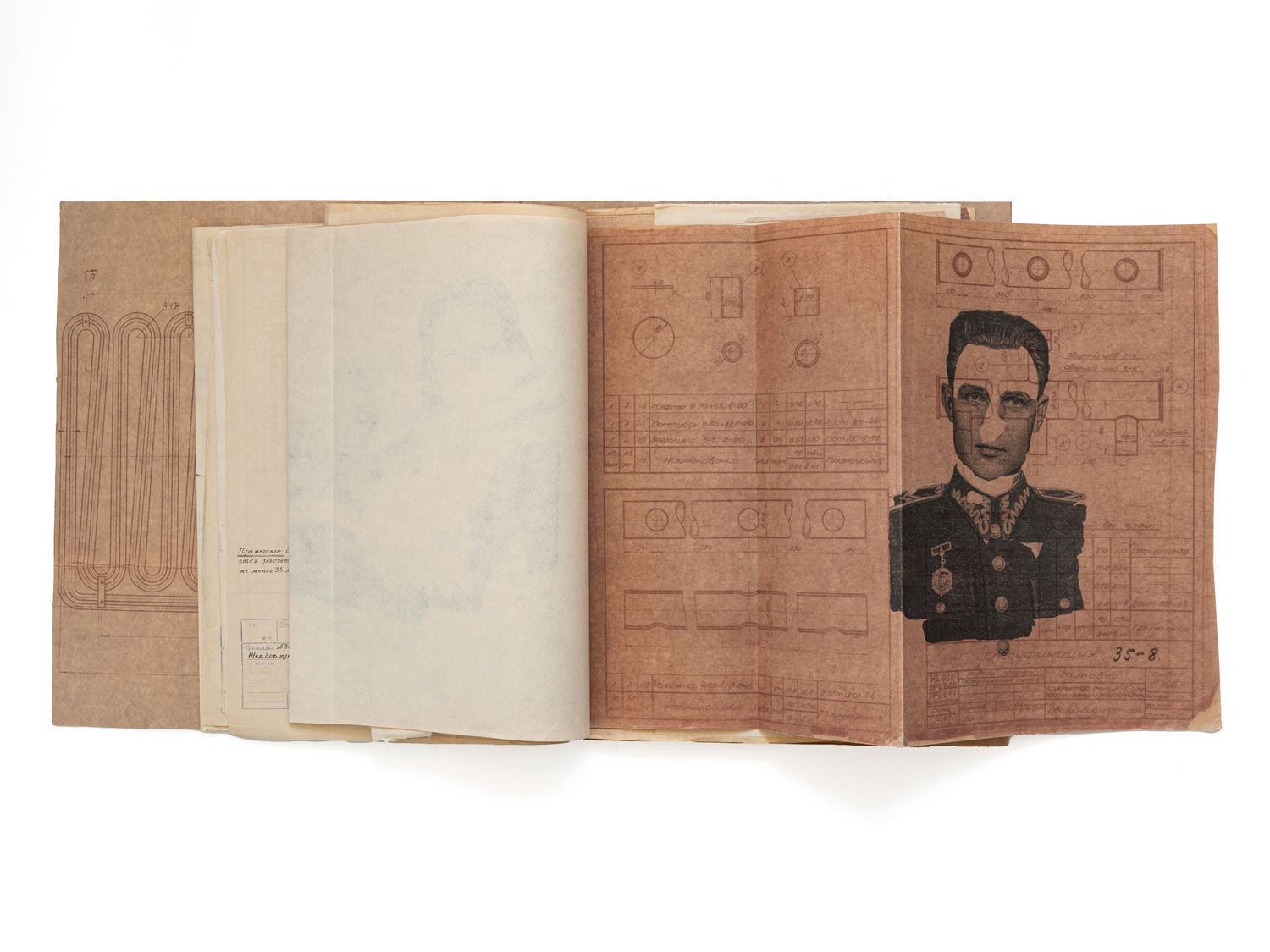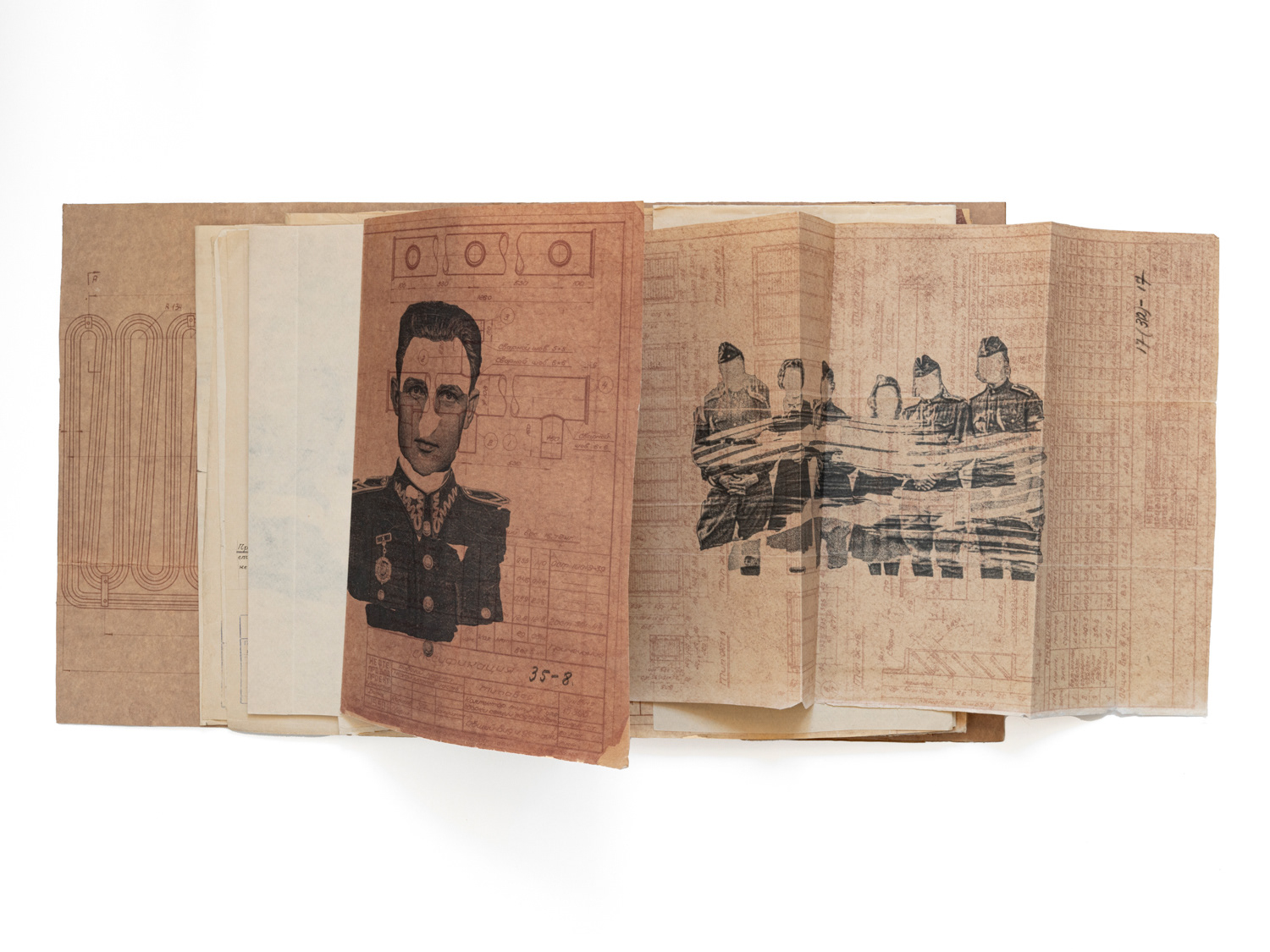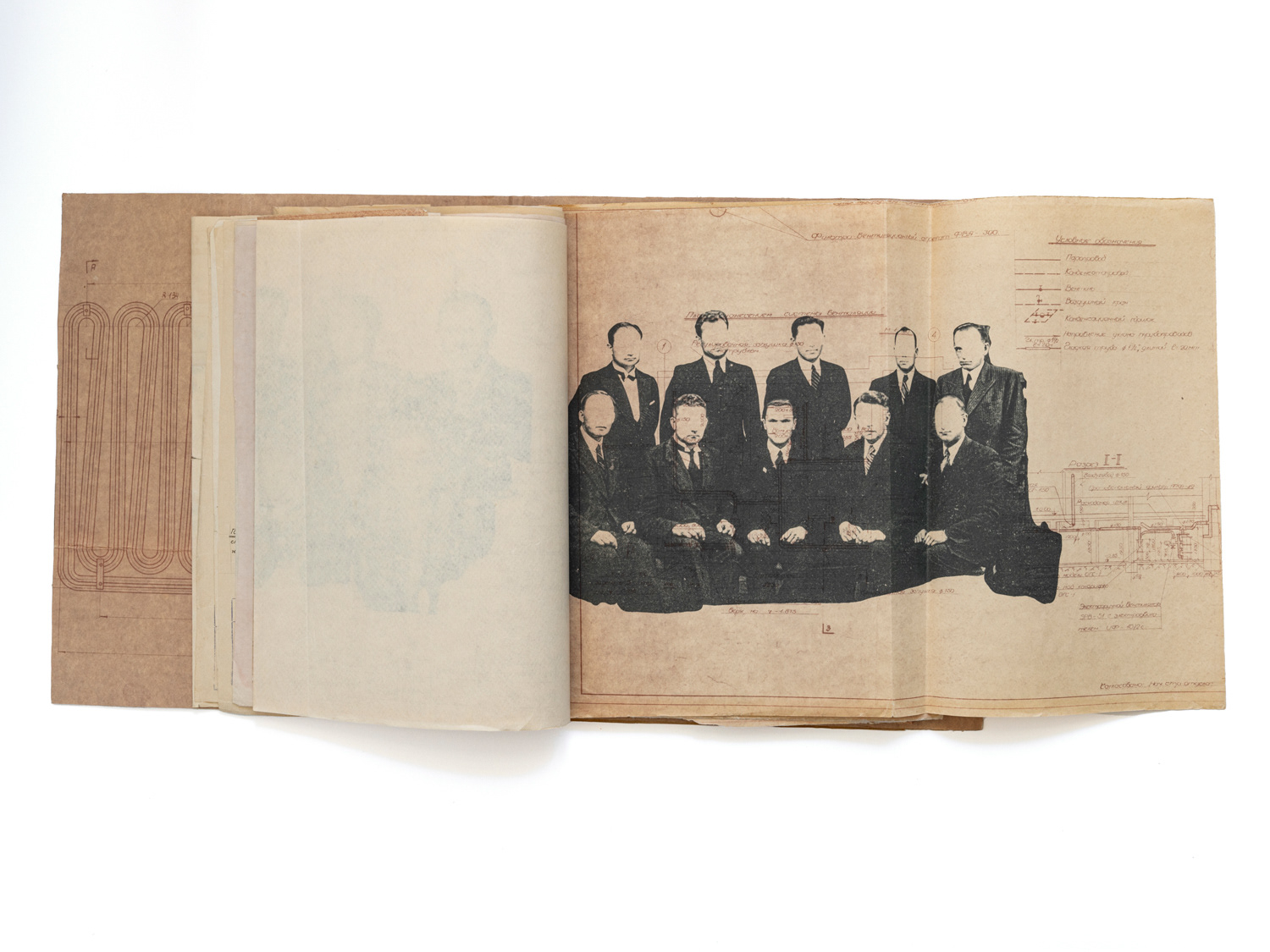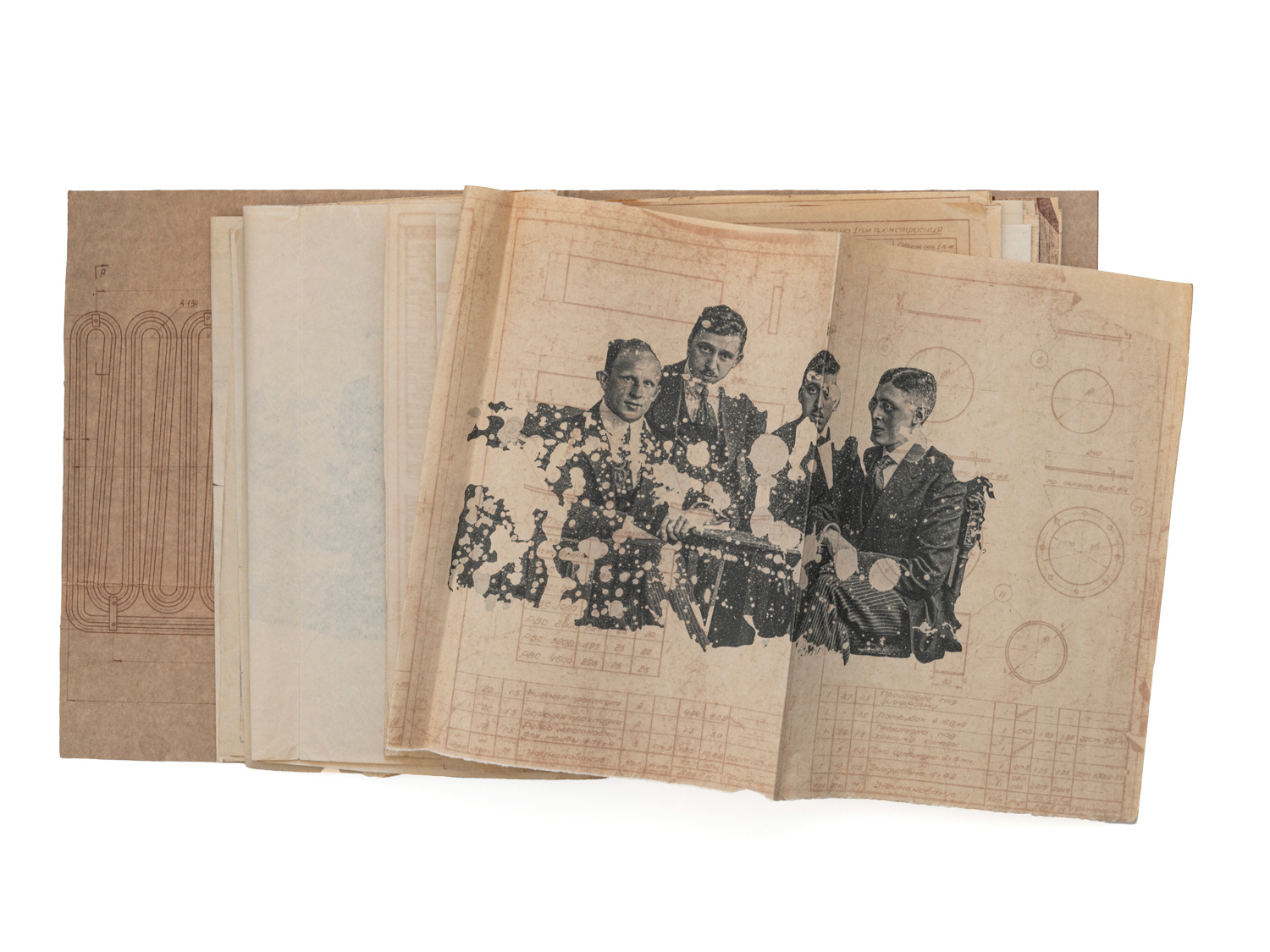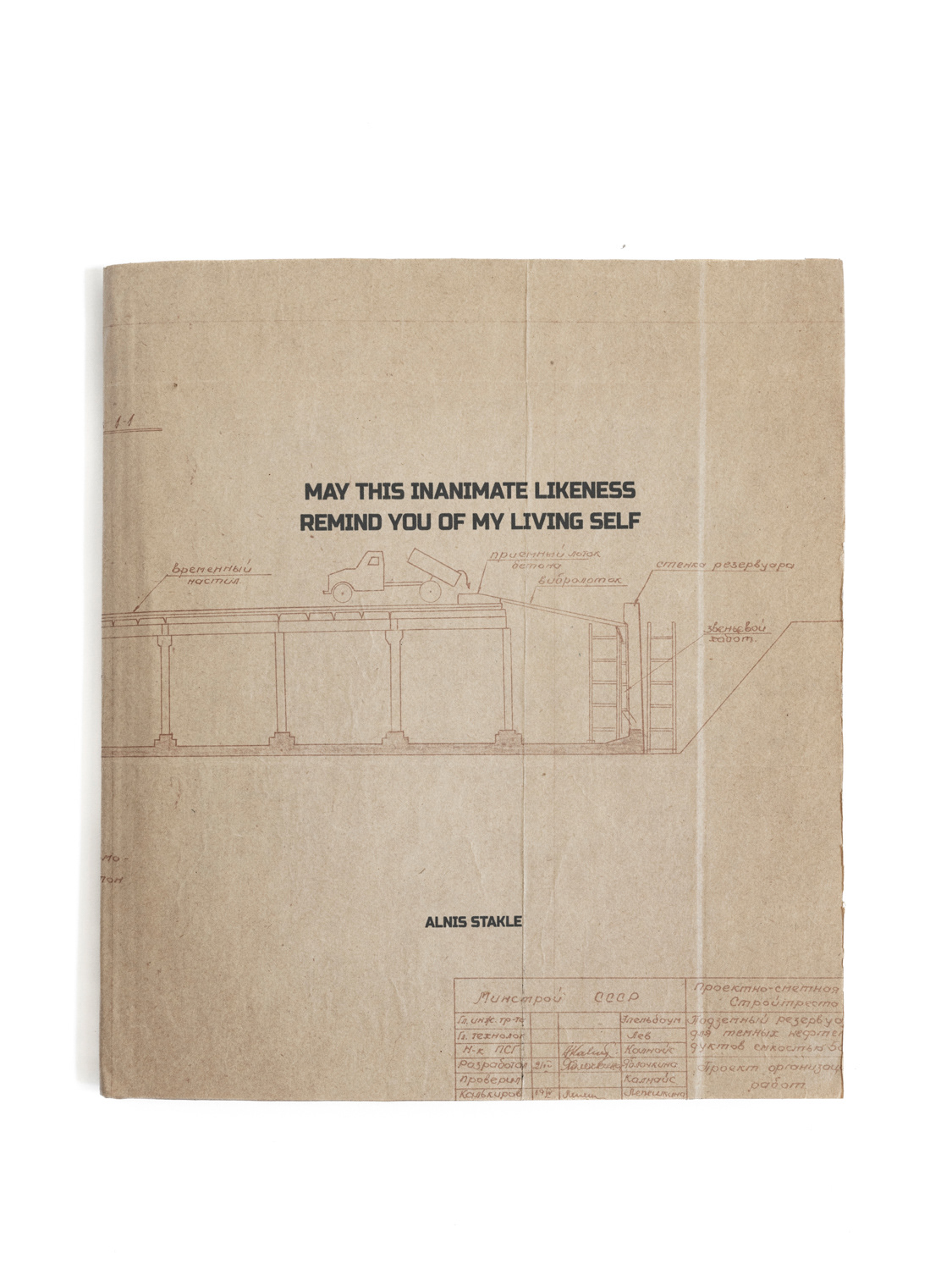

May This Inanimate Likeness Remind You of My Living Self (artist book)
These works are dedicated to the lost generations and particularly to my grandparents who lived in the turbulent period spanning from World War I January 13th, 1905 till the end of the Stalin’s era on March 5th, 1953. During this half a century, the lives of about 140 million people all over the world were crushed by acts of war, war crimes, holocaust and Stalin’s deportations of ethnic minorities, well-to-do citizens and politically distrusted persons. Of those 140 million, about 80 million perished.
Oftentimes it is considered that photography performs the function of storing up the collective and private memories. Nevertheless, the content of a family photo archive should be viewed ambiguously, in that, on the one hand, it keeps the register of private history, lifestyle testimonies and collective rituals, so it also ought to reflect the spirit of the time and the unique culture specific to it. Yet, on the other hand, the essence of a private photo archive is most precisely characterised by the Freudian concept of screen memory. Screen memory is a distorted memory dating back to one’s childhood, and is usually visual rather than verbal. It acts as a kind of shield which deflects or protects from significant memories and reflects subconscious fantasies about one’s childhood days. Also, the family photo archive represents more like a collective fantasy about one’s ideal state in culture, which is never actually attained or is very far from the ideal. Family archives usually tell us nothing about the socio-political realities of the time, what is more – they always radiate a dazzling optimism. These pictures are coloured by the aura of collective forgettance, which is insurmountable and prevents us from detecting the portrayed persons’ true feelings, destinies, experiences and the very spirit of the time.
Works are based on various found family photo archives that were created in the period between World War I and the death of Stalin where I have transformed the recognisable identities of the portrayed persons in analog ways, thus searching for a visual code of remembrance and forgettance in the various states of materiality of the collective memory. Later source images has been scanned and printing on old found documents (blueprints, instructions, etc.) from Soviet times. Each work is a unique archival pigment ink print on old paper.
Oftentimes it is considered that photography performs the function of storing up the collective and private memories. Nevertheless, the content of a family photo archive should be viewed ambiguously, in that, on the one hand, it keeps the register of private history, lifestyle testimonies and collective rituals, so it also ought to reflect the spirit of the time and the unique culture specific to it. Yet, on the other hand, the essence of a private photo archive is most precisely characterised by the Freudian concept of screen memory. Screen memory is a distorted memory dating back to one’s childhood, and is usually visual rather than verbal. It acts as a kind of shield which deflects or protects from significant memories and reflects subconscious fantasies about one’s childhood days. Also, the family photo archive represents more like a collective fantasy about one’s ideal state in culture, which is never actually attained or is very far from the ideal. Family archives usually tell us nothing about the socio-political realities of the time, what is more – they always radiate a dazzling optimism. These pictures are coloured by the aura of collective forgettance, which is insurmountable and prevents us from detecting the portrayed persons’ true feelings, destinies, experiences and the very spirit of the time.
Works are based on various found family photo archives that were created in the period between World War I and the death of Stalin where I have transformed the recognisable identities of the portrayed persons in analog ways, thus searching for a visual code of remembrance and forgettance in the various states of materiality of the collective memory. Later source images has been scanned and printing on old found documents (blueprints, instructions, etc.) from Soviet times. Each work is a unique archival pigment ink print on old paper.
Author, design, text: Alnis Stakle
Publisher: Selfpublished
Edition: 1
Publisher: Selfpublished
Edition: 1
BOOK INFO
Height: 31,9cm | Width: 28,5 cm | Depth: 1,5cm
Images: 53
Year: 2024
Cover: hardcover
Pages: Every page is a unique archival pigment ink print on old paper.
Height: 31,9cm | Width: 28,5 cm | Depth: 1,5cm
Images: 53
Year: 2024
Cover: hardcover
Pages: Every page is a unique archival pigment ink print on old paper.

